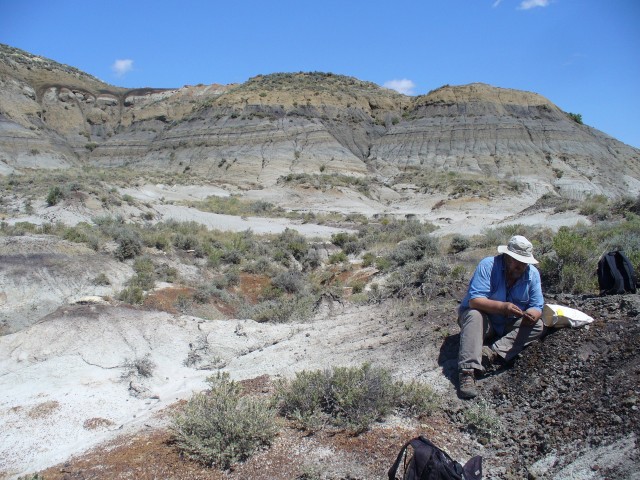Cretaceous meteor arrived just in time to wipe out the dinosaurs
Ars Technica » Scientific Method 2013-02-11

Of all the mass extinction events in Earth’s history, the most familiar is probably the one that wiped out the dinosaurs and ushered in the age of the mammals. Most of us know the story—a hellish meteor impact that dragged about 3 out of every 4 species into extinction.
But the story is more complicated than that. There was also a series of incredibly massive and long-lived volcanic eruptions—they formed the Deccan Traps—around the same time. A second smoking gun, if you will. So which one did in the dinosaurs? Well, that depends on when the bullets were fired.
The debate started with the discovery of a layer of clay present throughout the world, and situated right at the boundary of the Cretaceous and (more recent) Paleocene rocks, marking the point where the fossils suddenly change. In the clay, there was a curiously sharp spike in iridium—an element that is generally rare in Earth’s crust. That suggested an extraterrestrial visitor (of the rocky and violent kind), since some asteroids are rich in elements like iridium.
Read 9 remaining paragraphs | Comments